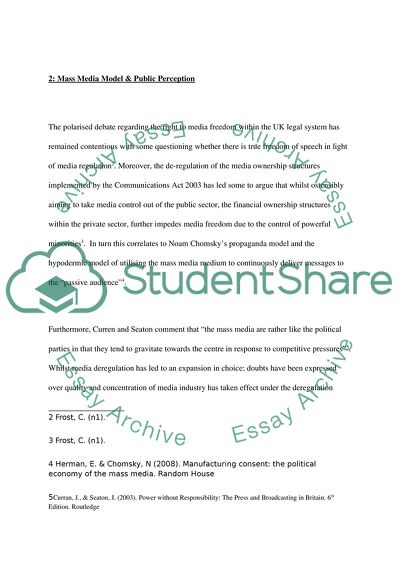Cite this document
(The Restorative Justice Paradigm in the Youth Justice System Research Paper, n.d.)
The Restorative Justice Paradigm in the Youth Justice System Research Paper. Retrieved from https://studentshare.org/media/1747290-in-what-ways-and-to-what-extend-does-the-mass-media-influence-public-perceptions-of-youth-crime-and-how-could-this-be-said-to-influence-government-policies-towards-justice
The Restorative Justice Paradigm in the Youth Justice System Research Paper. Retrieved from https://studentshare.org/media/1747290-in-what-ways-and-to-what-extend-does-the-mass-media-influence-public-perceptions-of-youth-crime-and-how-could-this-be-said-to-influence-government-policies-towards-justice
(The Restorative Justice Paradigm in the Youth Justice System Research Paper)
The Restorative Justice Paradigm in the Youth Justice System Research Paper. https://studentshare.org/media/1747290-in-what-ways-and-to-what-extend-does-the-mass-media-influence-public-perceptions-of-youth-crime-and-how-could-this-be-said-to-influence-government-policies-towards-justice.
The Restorative Justice Paradigm in the Youth Justice System Research Paper. https://studentshare.org/media/1747290-in-what-ways-and-to-what-extend-does-the-mass-media-influence-public-perceptions-of-youth-crime-and-how-could-this-be-said-to-influence-government-policies-towards-justice.
“The Restorative Justice Paradigm in the Youth Justice System Research Paper”, n.d. https://studentshare.org/media/1747290-in-what-ways-and-to-what-extend-does-the-mass-media-influence-public-perceptions-of-youth-crime-and-how-could-this-be-said-to-influence-government-policies-towards-justice.


